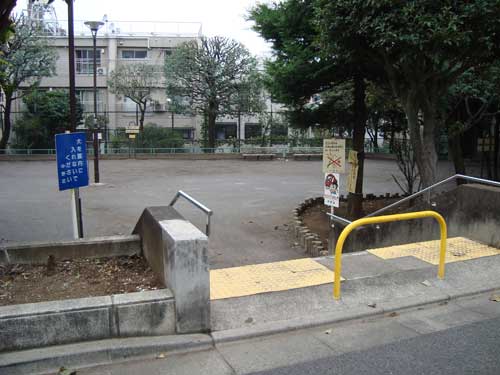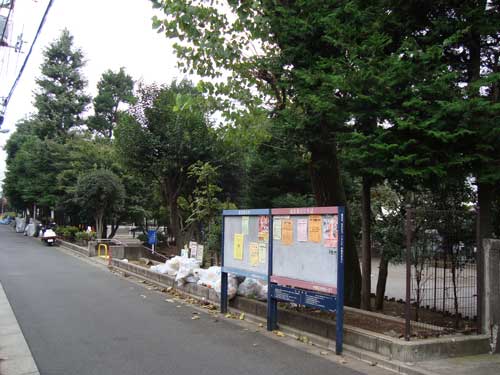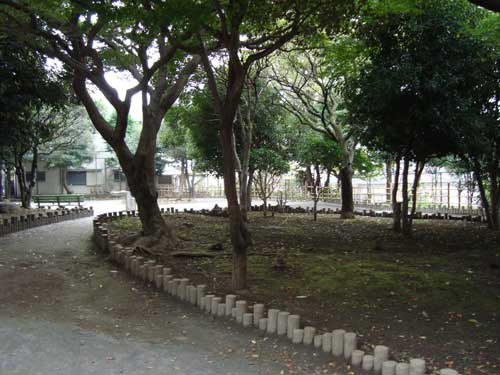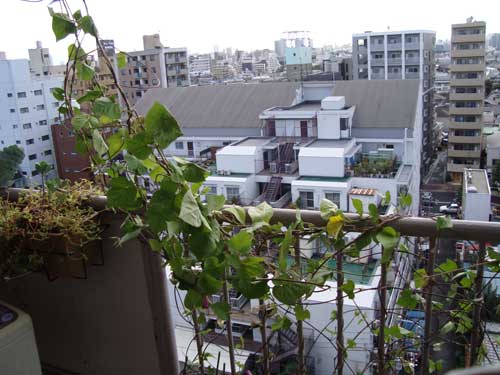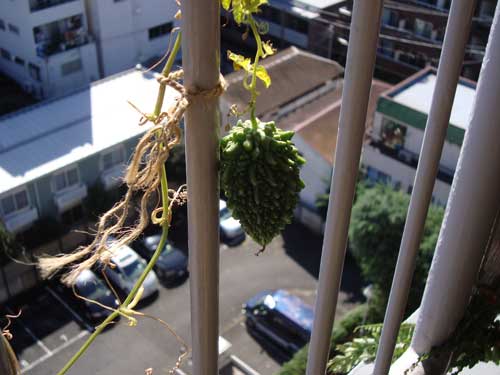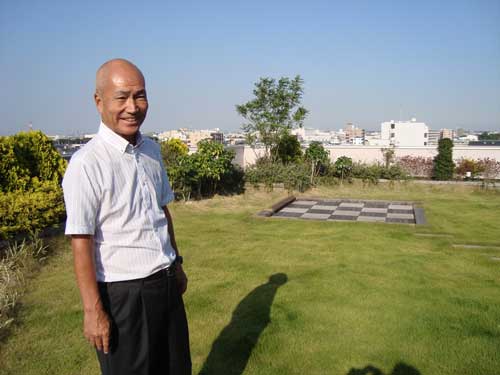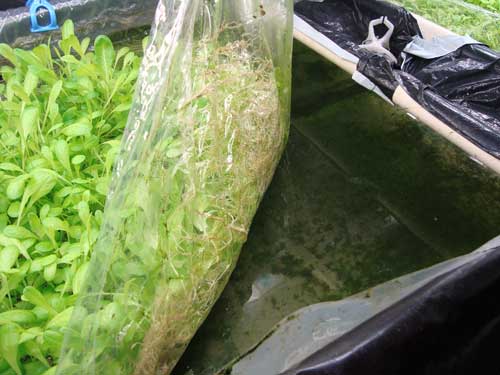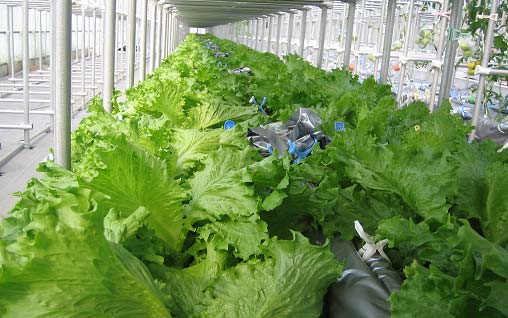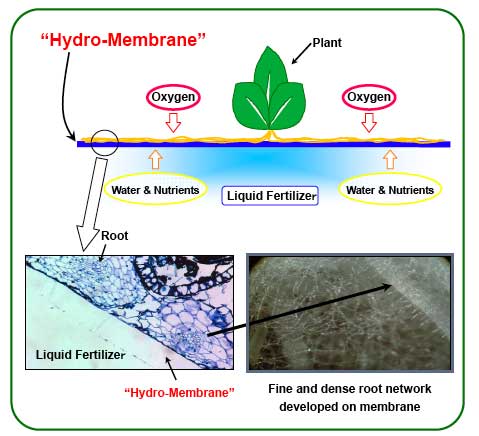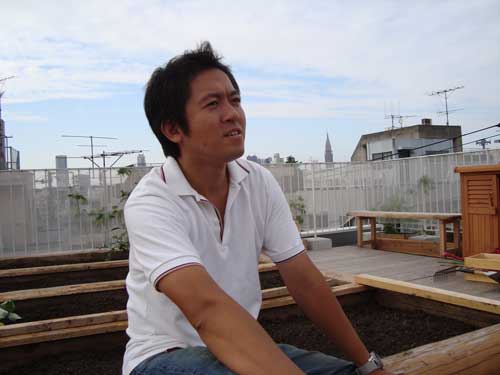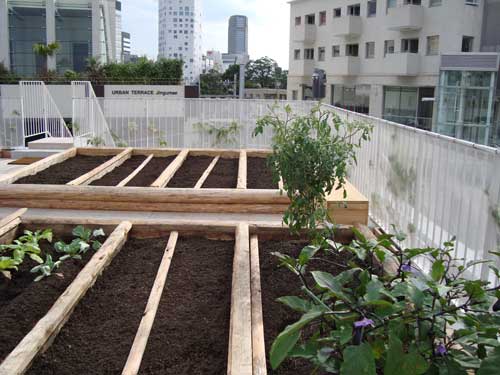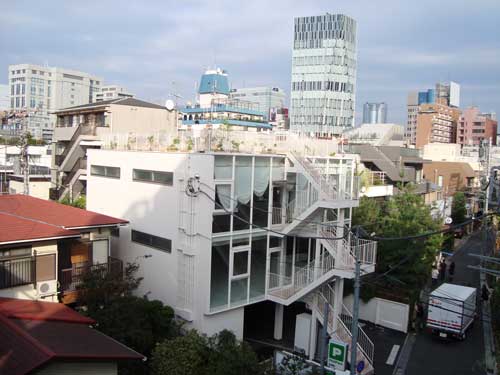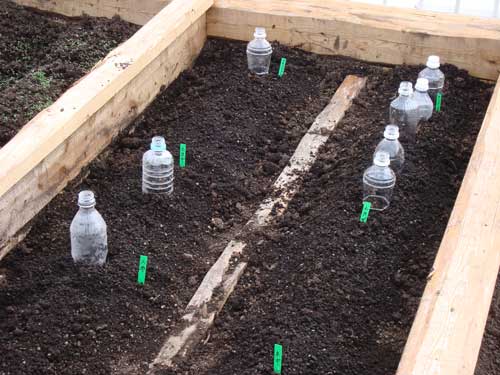
Tokyo Green Space celebrates the ingenuity of people who create greenery in a city that is often poorly planned, dominated by concrete, and overly paved. However, it is worth pointing out the prevalence of dead spaces by design, often created by local governments and even Tokyo Metro.
Above is a nearly brand new elevator providing access to the Shin Nakano Marunouchi station of Tokyo Metro. The elevator occupies an odd shaped and small space between a road and parking lot, and between a pachinko parlor, a large apartment building and a busy street. Next to the rectilinear elevator and covered entrance is a sizeable triangular area bordered by a brown colored metal fence.
Clearly, the Metro does not want people to park their bikes in this small area, and is probably pleased that they have accomplished this goal. However, the fence has made this centrally located land a dead zone. So many other uses could be made with that space: a tree or two, a bench, a vegetable garden, a food cart, newspaper stand, a bulletin board for community events. Given the amount of local gardeners, I am certain that the Metro would not need to maintain the space with their own staff.

A similar dead triangle zone was created between a pedestrian path and a small street. Again, the design goal is to prevent vehicles from entering the pedestrian path (in the foreground with white tiles on the ground). Here, too, the brown metal fence creates a triangle of deadness, where the yellow and green poles would have seemed adequate for the job.
If the brown metal fence was not there, the space could also be used for much needed shade, a fruit tree, a community garden, or a bench. The creation of these dead spaces by government authorities suggests a lack of imagination and awareness.
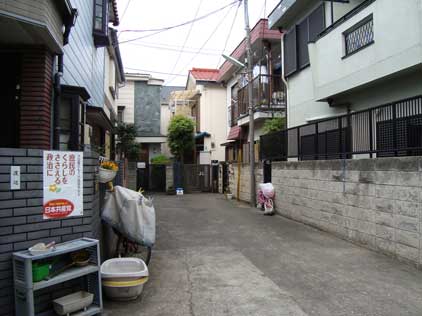
Finally, this space between houses and apartments is filled with concrete, and apparently unused. It is unclear whether the space is public street, individually owned or somehow shared space between neighbors. In any case, it is a wasted opportunity for greenery and community.

